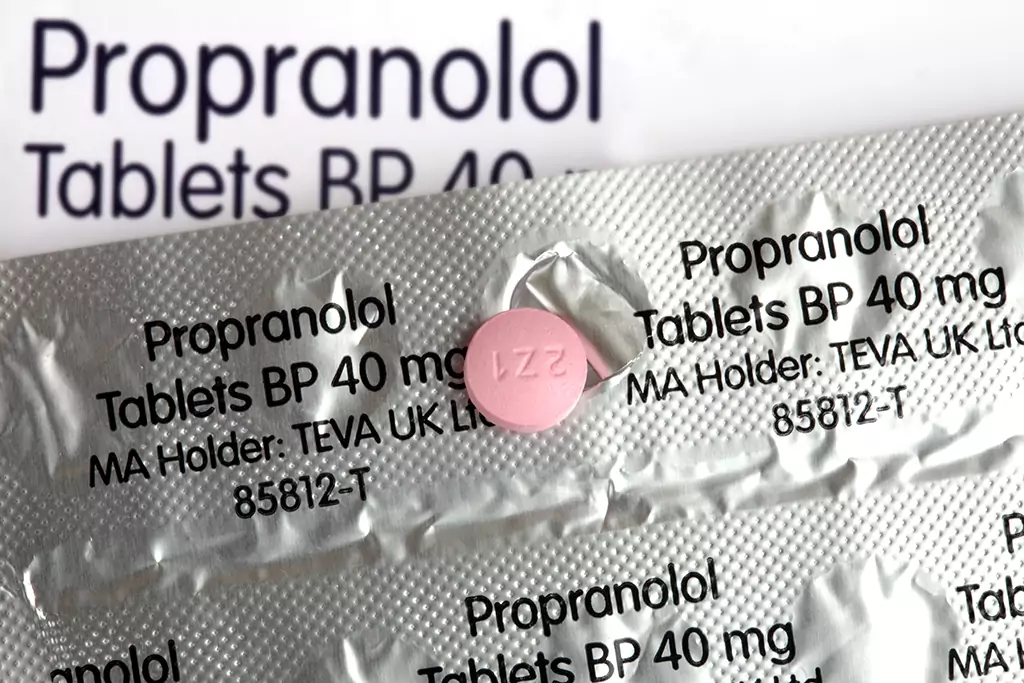Outline
-
Introduction
- Brief overview
- Common uses and significance
-
Mechanism of Action
- How it works in the body
- Effects on the heart and circulatory system
-
Medical Uses
- Conditions treated
- Dosage forms and administration
-
Side Effects and Precautions
- Common and severe side effects
- Precautions and contraindications
-
Conclusion
- Summary of key points
- Final thoughts
-
FAQs
- Common questions and answers
Introduction
Propranolol is a beta-blocker medication widely prescribed for managing various cardiovascular conditions. It is commonly used to treat hypertension, angina (chest pain), and arrhythmias (irregular heartbeats). Additionally, it has off-label uses, including the management of anxiety, prevention of migraines, and treatment of certain types of tremors. Its broad spectrum of applications makes it a vital medication in both cardiology and neurology.
Mechanism of Action
Propranolol works by blocking beta-adrenergic receptors in the heart and blood vessels. This action inhibits the effects of adrenaline, leading to a decrease in heart rate and blood pressure. By reducing the workload on the heart, it helps prevent angina and improves heart function in patients with heart failure. Furthermore, its ability to stabilize heart rhythms makes it effective in treating arrhythmias. This comprehensive mechanism of action underscores the medication’s versatility in treating various cardiovascular conditions.
Conclusion
In summary, Propranolol is a critical medication used to manage a wide range of cardiovascular and other health conditions. Its ability to block beta-adrenergic receptors results in significant therapeutic effects, including reduced heart rate and blood pressure, making it a cornerstone treatment for hypertension, angina, and arrhythmias. Patients prescribed it should be aware of potential side effects and discuss any concerns with their healthcare provider to ensure safe and effective use.
FAQs
Q: What is Propranolol used for?
A: Propranolol is use to treat high blood pressure, angina, arrhythmias, anxiety, migraines, and certain types of tremors.
Q: How does Propranolol work?
A: Propranolol works by blocking beta-adrenergic receptors, reducing the effects of adrenaline, and thereby lowering heart rate and blood pressure.
Q: What are the common side effects of Propranolol?
A: Common side effects include nausea, fatigue, dizziness, and cold hands or feet. Severe side effects may include shortness of breath, swelling of the ankles or feet, and unusual weight gain.
Q: Can Propranolol be use for anxiety?
A: Yes, Propranolol is sometimes prescribe off-label to help manage symptoms of anxiety, particularly performance anxiety.
Q: Are there any precautions to be aware of when taking Propranolol?
A: Patients with asthma, severe heart conditions, or certain types of allergies should use Propranolol with caution. It’s important to discuss your medical history with your healthcare provider before starting this medication.

